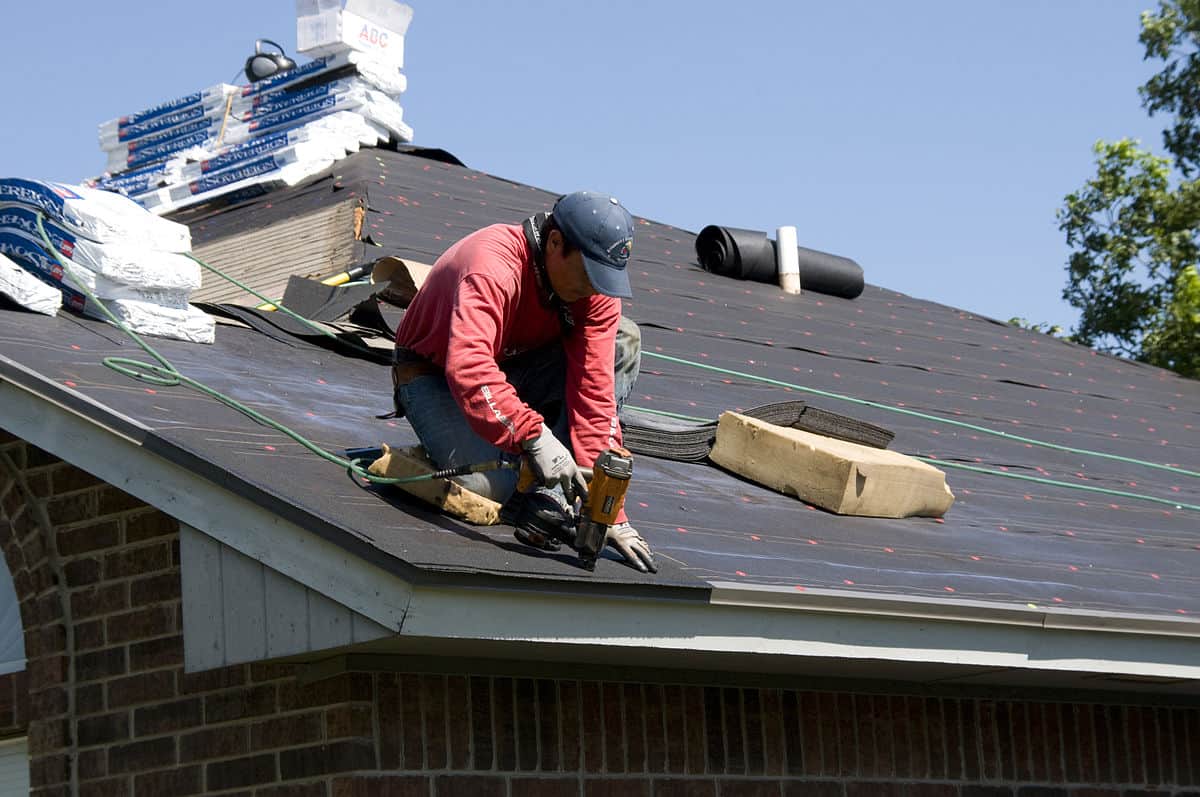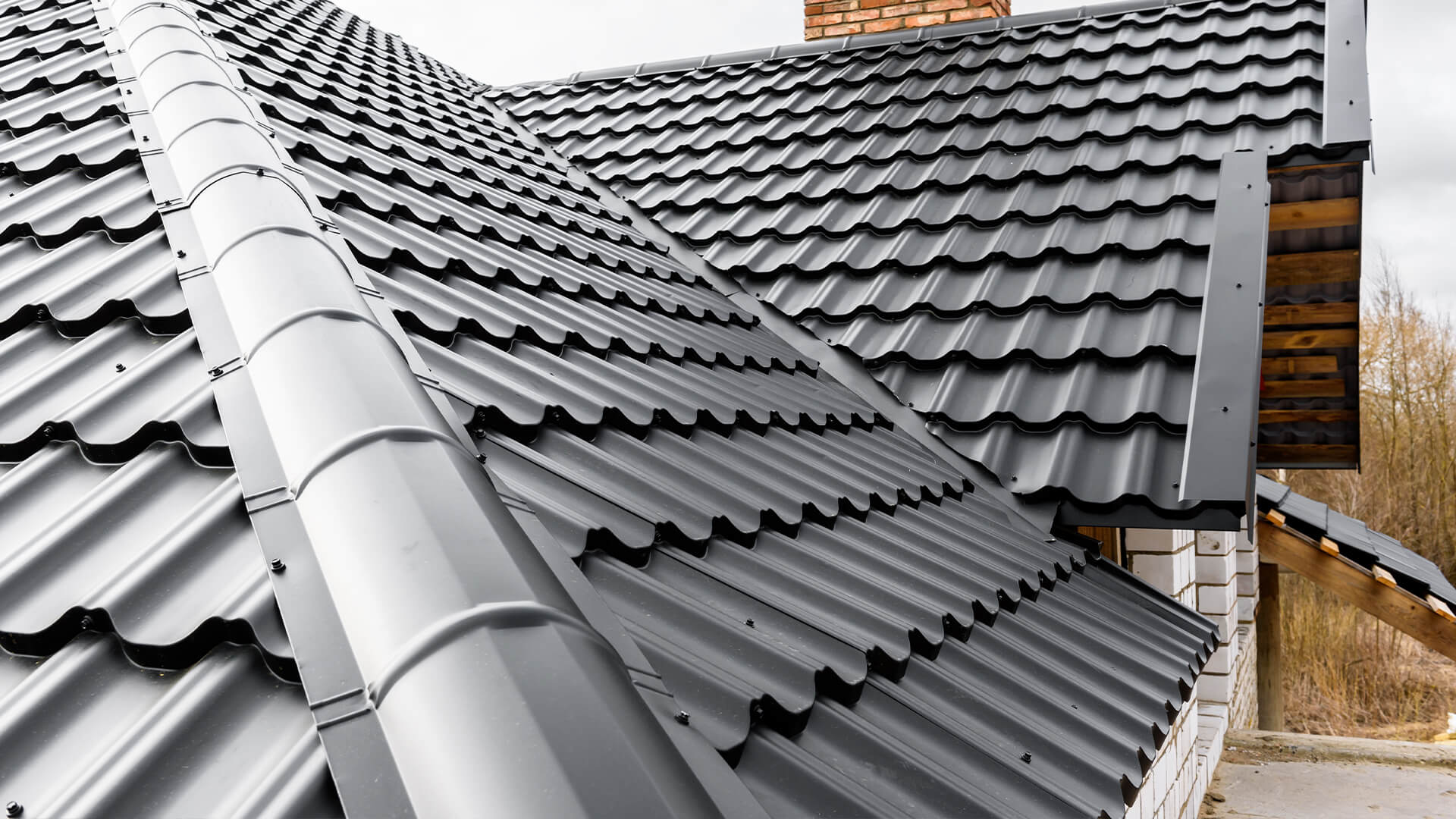Reviewing the Providers Supplied by Roofing Companies in Gainesville Florida
Reviewing the Providers Supplied by Roofing Companies in Gainesville Florida
Blog Article
Best Practices for Ensuring Correct Roof Ventilation
A balanced intake and exhaust vent proportion, commonly 1:300, plays a crucial role, with intake vents ideally put at the reduced side of the roofing for cool air entrance and exhaust vents at the top for warm air exit. Keeping insulation away from vents is crucial to avoid air flow constraint.
Understand Ventilation Fundamentals
Appropriately comprehending air flow essentials is essential for guaranteeing the durability and effectiveness of roof covering systems. Efficient air flow alleviates wetness accumulation and temperature extremes in the attic, both of which can cause significant structural damages over time. A well-ventilated roofing system assists in stopping typical issues such as mold and mildew development, wood rot, and ice dams, which can endanger the stability of the roof materials and the underlying frameworks.
The key goal of ventilation is to assist in the motion of air, enabling a regular exchange in between the exterior and indoor atmospheres. This balance is accomplished via a combination of consumption and exhaust vents that collaborate to preserve optimal air flow. Intake vents, generally located along the eaves or soffits, allow fresh air to go into the attic room room, while exhaust vents, commonly located at or near the roof ridge, make it possible for warm, damp air to run away.
Secret elements affecting the effectiveness of roof air flow consist of correct positioning, adequate sizing, and ensuring that both consumption and exhaust vents are unhampered. Regular inspection and upkeep are crucial to identify possible obstructions, damage, or inefficiencies in the air flow system, thus securing the roof's efficiency and toughness.
Sorts Of Roofing System Vents
Roofing system vents play an important duty in maintaining effective attic air flow and, by expansion, the total health of the roofing system. Different kinds of roof covering vents are available, each with unique benefits tailored to certain roof demands.

Soffit vents are mounted under the eaves and operate in tandem with roofing vents to make sure a well balanced intake and exhaust system. By enabling cooler air to go into from below, soffit vents promote the expulsion of hot air with top vents. Gable vents, located on the outside wall surfaces of the attic, deal one more reliable service, particularly in homes with saddleback roofs.
Examine Your Current Ventilation

Next, think about the age and condition of your roofing materials and air flow elements. Older systems may not comply with existing building codes or may have degraded over time, decreasing their effectiveness. Conduct an extensive examination to determine his explanation any type of signs of deterioration, such as corrosion, damages, or gaps that can endanger the system's efficiency.
In addition, determine the attic room temperature level and moisture levels. High temperature levels and moisture can show poor ventilation.
Installation Best Practices
Efficient installation of roof ventilation systems is extremely important for guaranteeing optimum performance and longevity. Proper installment starts with recognizing the details ventilation requirements of the building and the roof it covers. This involves computing the right proportion of consumption to wear down vents, commonly adhering to the 1:300 guideline, which states one square foot of ventilation for every 300 square feet of attic flooring space.

The positioning of vents is similarly crucial. Consumption vents ought to be installed at the roof covering's reduced edge, commonly in the soffits, to permit trendy air to enter. Exhaust vents, on the various other hand, ought to be mounted near or at the roof's peak to assist in the departure of warm, damp air. This creates an all-natural air flow that aids preserve temperature and wetness equilibrium within the attic room area.
Seal all vent links diligently to protect against air leaks Read More Here and potential water seepage. Usage high-quality materials and adhere to maker guidelines to ensure sturdiness and efficiency. In addition, integrating ridge vents with baffles can considerably enhance airflow performance by preventing wind-driven rain and snow from entering the attic room.
Inevitably, specific setup of roof ventilation systems alleviates prospective concerns such as mold development, ice dams, and structural damage, guaranteeing the roof's integrity and the building's total health and wellness.
Regular Maintenance Tips
Consistency in upkeep methods is basic to guaranteeing the long-term effectiveness of roof covering air flow systems. Routine examinations are vital, preferably done biannually-- in the springtime and loss. Throughout these inspections, guarantee that vents are totally free of particles, nests, and other obstructions that can hinder airflow. Inspect for any kind of indicators of moisture build-up or mold and mildew, as these can suggest inappropriate ventilation or leakages (gainesville roofing companies).
Make use of a soft brush or a vacuum cleaner to remove dust and debris from intake and exhaust vents. Be mindful not to harm the air vent displays or louvers throughout the procedure.
Correct insulation is just as vital. Ensure that attic insulation does not block the vents, as this can significantly restrict airflow. Rearrange or replace it to maintain an effective obstacle. if any type of insulation has changed or cleared up.
Finally, change any type of damaged or missing elements quickly. Broken vents, split shingles, or worn-out blinking can all add to Click This Link inadequate ventilation and should be dealt with without delay. Routine upkeep makes sure that the roof ventilation system works efficiently, thereby prolonging the life expectancy of the roofing itself.
Final Thought
Guaranteeing correct roofing air flow is extremely important for preserving the efficiency and longevity of a roofing system. Adherence to the 1:300 consumption and exhaust air vent proportion, combined with the strategic placement of vents, is vital.
A well balanced consumption and exhaust vent ratio, frequently 1:300, plays a pivotal duty, with intake vents preferably placed at the lower side of the roofing system for cool air entry and exhaust vents at the height for warm air leave. Consumption vents, generally located along the eaves or soffits, enable fresh air to enter the attic space, while exhaust vents, frequently situated at or near the roofing system ridge, allow hot, moist air to run away.
Soffit vents are set up under the eaves and job in tandem with roofing system vents to make sure a well balanced consumption and exhaust system. By enabling cooler air to get in from below, soffit vents promote the expulsion of warm air with top vents. Adherence to the 1:300 consumption and exhaust air vent proportion, combined with the tactical positioning of vents, is crucial.
Report this page